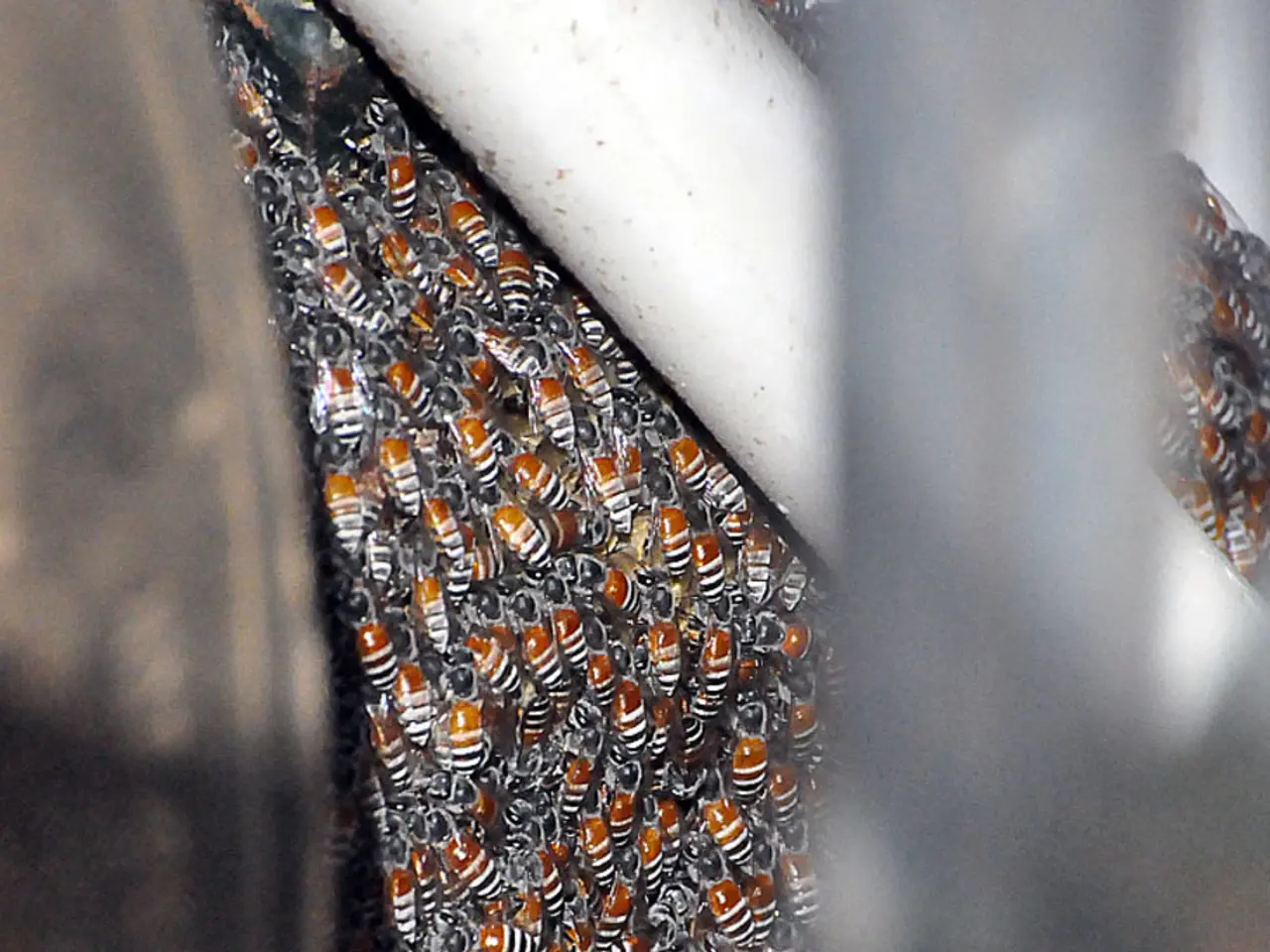Exploring the Reasons for Yawning in Both Humans and Animals - The Mystery Behind Human and Animal Yawning: Explanation and Analysis
Contagious yawning, a phenomenon observed in various animal species, has been the subject of intrigue for scientists. This behaviour, where an animal yawns in response to observing another yawn, has been documented in mammals such as chimpanzees, dogs, and wolves, as well as birds like budgerigars, reptiles, fish, and even zebrafish.
The widespread occurrence of contagious yawning suggests that it has evolved multiple times independently and may serve fundamental social or physiological functions.
Potential Causes and Hypotheses
Several theories have been proposed to explain the reasons behind contagious yawning. One hypothesis is that it serves as a means of social and emotional bonding, particularly in primates and canids like wolves and domestic dogs. In these species, contagious yawning is strongly linked to social closeness or emotional proximity, rather than just spatial closeness, indicating a possible connection to empathy or social communication.
Another theory suggests that contagious yawning could have evolved as a form of evolutionary social communication. The ability of certain species, such as domestic dogs, to yawn contagiously in response to human yawns indicates this behaviour could have adaptive value in interspecies communication, possibly enhanced by domestication.
Other hypotheses propose physiological benefits for yawning, such as stretching throat muscles to support efficient vocalization, swallowing, chewing, and keeping airways open. Contagious yawning might help coordinate these physiological states across social groups.
Neurological or hormonal factors are also thought to play a role in yawning, with yawning associated with changes in brain and hormonal activity. This could link to arousal modulation or brain cooling mechanisms.
The "Cooling Theory" and Further Studies
The discovery of contagious yawning in zebrafish, a cold-blooded species, shows that yawn contagion is not restricted to warm-blooded animals and may have arisen independently in different evolutionary lineages, further indicating underlying fundamental biological importance.
A study by Andrew Gallup, a well-known yawn researcher, found that rats lowered their brain temperature by 0.11 degrees Celsius with each yawn, supporting the "cooling theory" about yawning.
Margarita Hartlieb, a biologist who spent hours observing animals yawning between 2017 and 2019 in zoos and animal stations, aims to prove that animals with larger brains and more brain cells yawn longer. Her findings confirm the cooling theory about yawning.
However, further studies are needed to determine if this applies to other animal groups.
Social Impact of Yawning
Experts believe that yawning has a social effect, influencing the interaction between living beings. A study on lion prides in South Africa found that lions that yawn together often perform the same movements afterwards, potentially strengthening the bond of the group.
Animals like dogs, budgerigars, pigs, wolves, or elephants yawn when they see their peers do it, especially those living in social groups.
In summary, contagious yawning likely serves multiple overlapping roles involving social bonding, emotional connection, physiological regulation, and communication, with different species emphasizing these causes in varied ways depending on their ecological and social contexts.
References:
[1] Hartlieb, M. (2020). The evolution of contagious yawning. Spektrum der Wissenschaft, June. [2] Gallup, G. G. (2017). Yawning: An evolutionary perspective. Trends in Neurosciences, 40(3), 147-155. [3] Panksepp, J. (2005). Affective Neuroscience. Oxford University Press.
I'm intrigued by the possibility that yawning, a behavior observed in various animal species, might serve multiple functions beyond simple physiological needs. Scientists attribute this phenomenon to social bonding, emotional connection, physiological regulation, and communication, with different species emphasizing these causes in different ways. For instance, Margarita Hartlieb's research suggests that larger-brained animals might yawn longer to cool their brains, an idea supported by Andrew Gallup's studies on rats. Furthermore, experts believe that yawning could influence social interactions, as observed in studies on lion prides and domestic dogs. Consequently, understanding the complexities of yawning might shed light on health-and-wellness, mental-health, and even fitness-and-exercise, as well as our relationship with wildlife in zoos and the natural world.




